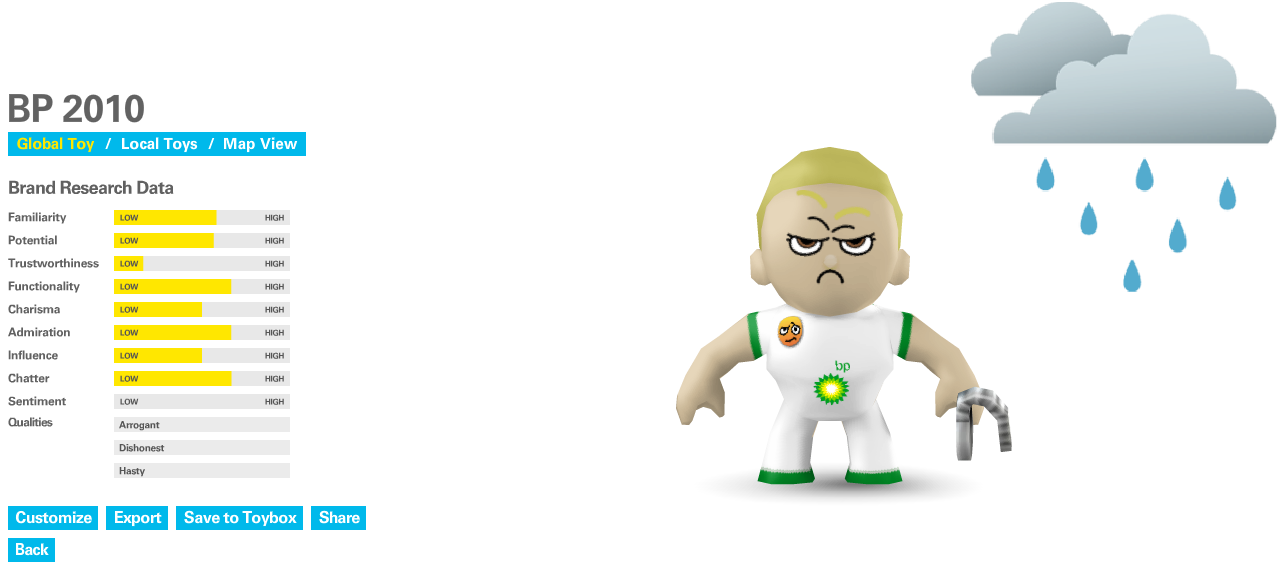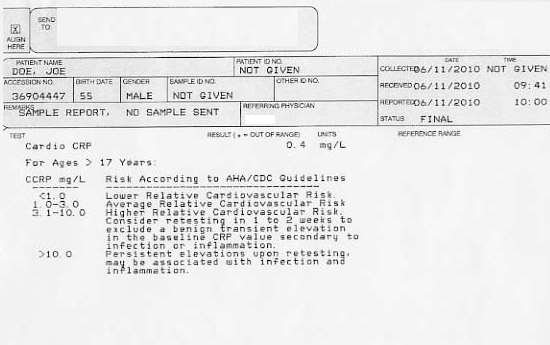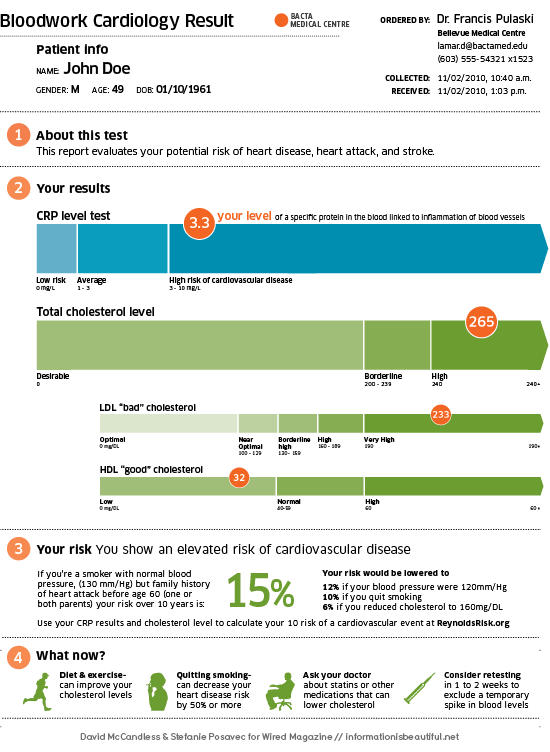Disconnect (but rendered in nice colors)
I sort of think the infographic craze is starting to get a bit played out and certainly a bit overused. But once in a while I catch an infographic, (or in this case two infographics), that whether it is the compelling design or simply the starkness of the data being described I think are worth sharing.
Both the below infographics are from the GOOD.is site, and when taken together, they paint a picture of a significant disconnect between the education and demonstrated achievement that today's employers demand, and the stark reality of trends in demographics and experiences in a changing and increasingly diverse population. Take a quick look at the two charts and think about the data for a minute.
Chart 1 - Educating the Workforce of the Future (click image to see in full-size)
Money point : We need to produce significantly more workers with either Bachelor's or at least Associate's or Trade School credentials to meet the expected demand for these skills.
Chart 2 - The Opportunity Gap (click image to see in full-size)
Money point : The faster growing segments of our population also have the worst prospects to attain the advanced degrees and certifications that we know the workplace will increasingly demand.
There's an obvious disconnect here between what kinds of education and experiences the future worplace will require, and the ability of the complex combination of primary schools, colleges, trade schools, labor unions, communities, government, and really all of us to provide. It can be argued that on a micro-level that employers can and should relax some of these often artifical educational requirements, and that these kinds of barriers really don't do a great job at helping organizations obtain superior talent. I even took on the subject here once.
But even if some employers take steps to expand their thinking around degree requirements there is no doubt that overall, the gap or disconnect in education and skills will persist, and possibly drive even more work, opportunity, and income to other parts of the world that are adapting more rapidly to these changes that we are here in the US.
I certainly don't have a simple answer to address these kinds of systemic, structural issues, but I do think that talking about them more is a needed initial step.
What do you think? What can we do to better prepare for these shifts?
Hat tip to Bryon Abramowitz whose presentation on these topics at the Aquire Structure 2011 conference put the bug in my ear to start thinking about this topic.

 Steve
Steve






